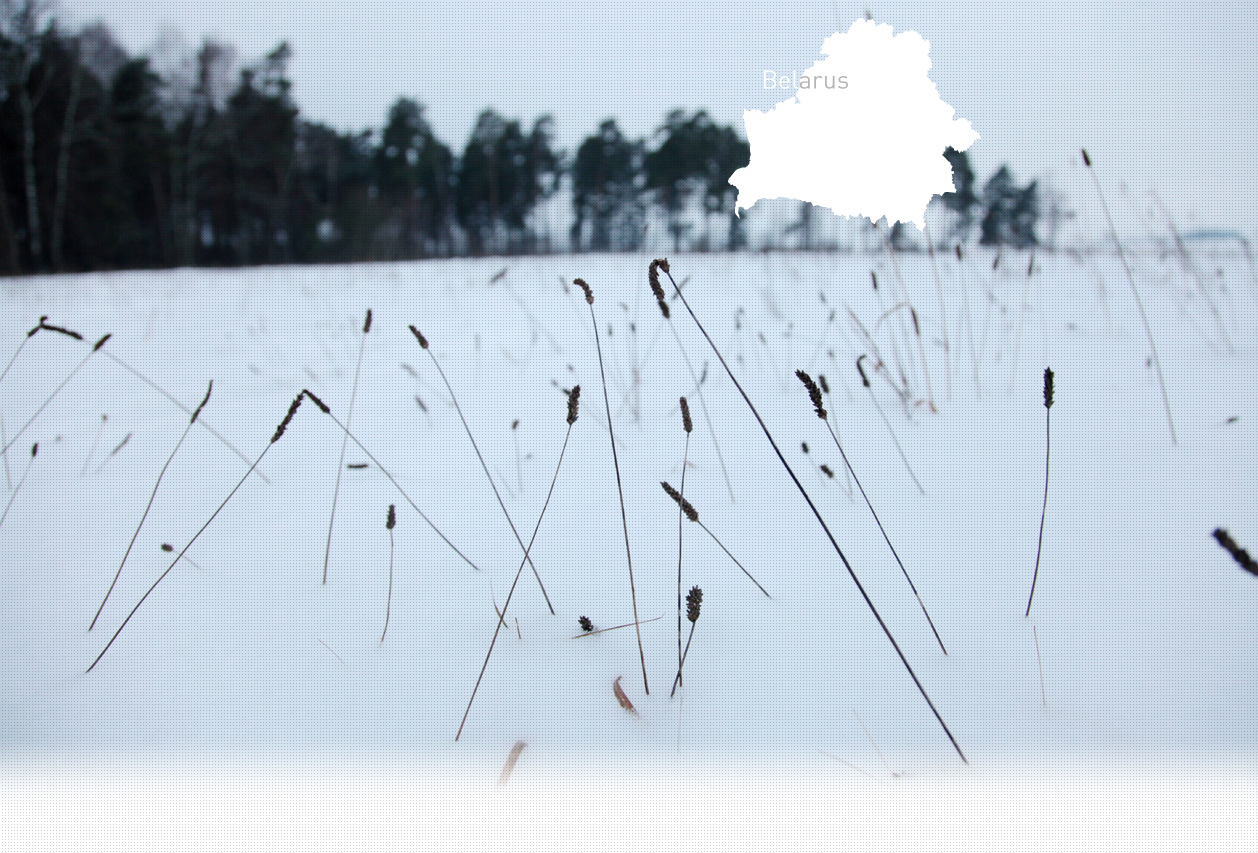

1 Killing site(s)
Nikolai L., born in 1920: “The ghetto was created shortly after the occupation. We were asked to live our house because it happened to be on the ghetto territory. Some Jewish families were moved in there. All the Jews from Pruzhany as well as Jews who lived in the surrounding villages were brought here. I would go from time to time to the ghetto to give them food, or some flowers. I would pass it through the barbed wire when no-one was watching. The Jews would give me some money in return. It was forbidden to leave the ghetto territory. Only the Jews who were used for forced labor could leave under guard.” (Witness n°987B, interviewed in Pruzhany, on September 17, 2018)
Pruzhany is located 76 km (47mi) northeast of Brest. The first record of the Jewish community dates back to the mid-15th century. According to the 1897 census, 5,080 Jews lived in the town, comprising about 67% of the total population. There were several industries, such as tobacco factory, breweries, a match plant and others. These industries were owned by the Jews. Jews also lived off small scale trade and handicraft. In 1921, the town was incorporated into Poland, but in September 1939, it was taken over by the Soviet Union. In 1921, circa 4,200 Jews lived in the town. The community had Talmud Torah, cheders, and a Yeshiva. Zionist parties and youth movements, as well as the Bund, were all active in the town. Once the town was taken over by the Soviet Union, the Jewish schools, parties, and youth movements were banned.
Pruzhany was occupied by German forces on June 23, 1941, one day after the start of Operation Barbarossa. In the mid July, 1941, the first mass execution was conducted. According to some sources, a group of Jews was taken in an unknown direction, and they never came back. An open ghetto was created in August 1941. All the Jews were marked with a distinguishing yellow Star. At the moment when the ghetto was set up, another mass execution took place in the forest. Several groups of Jews, mainly women, children and elderly were taken there in trucks and shot on the edge of a pit. From mid-September 1941 until March 1942, a large number of Jews from Bialystok, Bluden, Malech, Sharashova, Bereza Kartuska, Slonim, Stolbtsi, Linovo, and other nearby localities were brought to the Prużana Ghetto. In total, the ghetto population reached 18,000 inmates at its peak. Any Jews fit to work were subjected to perform forced labor. By spring 1942, the resistance was organized in the ghetto. In November 1942, the ghetto was closed, and all the Jews were registered. According to the census, 9,976 inmates lived in the ghetto. By February 1943, the majority of the ghetto inmates were deported to Auschwitz in four transports from Linowo station. Most of the Jews who attempted to escape or hide in bunkers were found and shot in the forest, and only about 20 of them survived the Holocaust.
Do you have additional information regarding a village that you would like to share with Yahad ?
Please contact us at contact@yahadinunum.org
or by calling Yahad – In Unum at +33 (0) 1 53 20 13 17